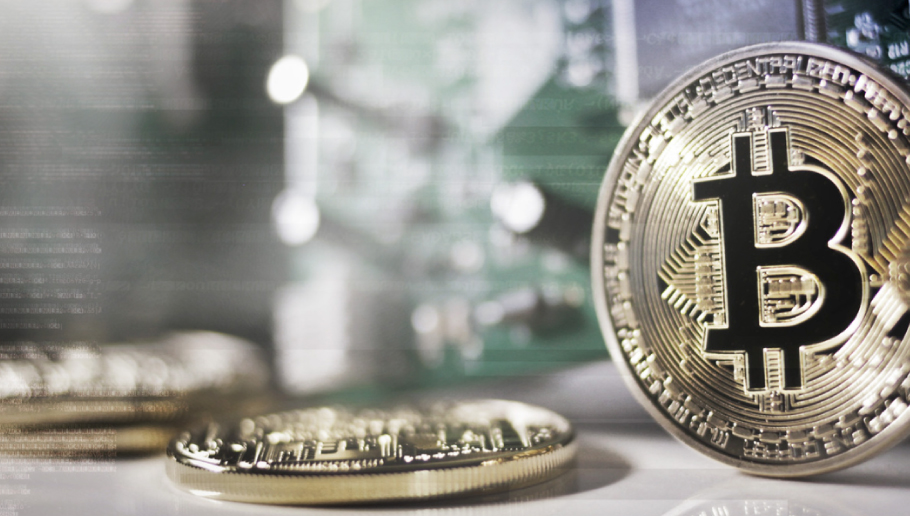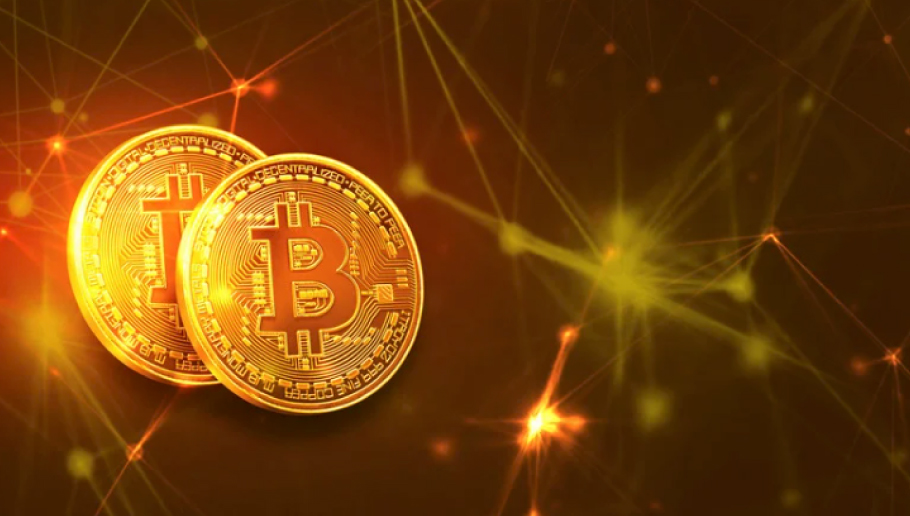While the implications of the Internet of Things (IoT) have been felt in the home through the use of things like smart appliances, doorbells and virtual assistants, its potential is limitless. In fact, it’s not too much of a stretch to say that it might save the planet.
There are countless examples. Consider, for instance, that Vodafone, a United Kingdom-based telecommunications company, is using IoT technologies to study how forests respond to climate change. Sensors designed to withstand cold winters and harsh climates will be attached to trees, where they will send a constant stream of data to scientists for further research. The scientists will explore how trees’ ability to store carbon may be used to mitigate climate change around the world, and the results could inform government decisions, policymakers and the public about how tree growth affects the overall environment. This is just one of the many ways in which the IoT could help to combat climate change and improve the planet’s health and sustainability.
One of the greatest advantages of the IoT is energy efficiency. Some predictions indicate that carbon emissions could fall by one-fifth over the next decade due to the growing digital transformation enabled by the IoT. Smart buildings making use of IoT devices and remote management consume approximately 22 percent less energy than traditional structures.
The impact of the IoT at home may be obvious, helping humans to consume less energy overall, reducing their reliance on fossil fuels and limiting carbon emissions. But, it also has extensive potential for industry. The industrial IoT can measure industrial processes, monitor potential pollutants and air quality and track climate change processes. IoT technologies can also be used to reduce waste byproducts of industrial production, track the flow of materials and reduce reliance on fossil fuels and other natural resources.
IoT-powered LED lights not only help cut carbon emissions by 1.4 million tons each year but also help to reroute traffic and increase parking efficiency, reducing emissions and congestion. Part of the “smart grid,” IoT energy meters can help to conserve energy while meeting customer demand when it is most necessary.
IoT has huge potential for the energy sector and big infrastructure, as well. One fully automated electricity plant in Massachusetts has cut energy demand on site by 75 percent after it replaced an old-fashioned steam plant. Because it is able to monitor energy needs on a continual basis, the plant’s use and generation of electricity is far more efficient.
Scientific researchers have other uses for IoT technologies, too. Data science and the computation of massive amounts of data brought together by IoT devices can be used to shape policies, make recommendations and educate the public about climate change and effective ways to combat its threat. IoT systems are even being used to track the health of bees and detect and prevent illegal logging. Wildlife preserves and nature organizations use IoT surveillance systems to spot unlawful poaching and hunting or detect threats to the ecosystem in the area.
By monitoring the world around us while developing advanced solutions to reduce consumption both at home and in large-scale industry, it is clear that the IoT is more than a security camera in a doorbell or an app to turn on the lights at home. Instead, the IoT presents great potential as a powerful tool in the global battle to stop climate change.






